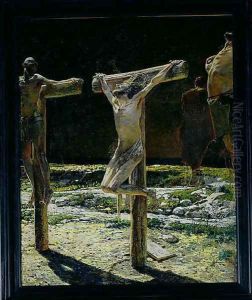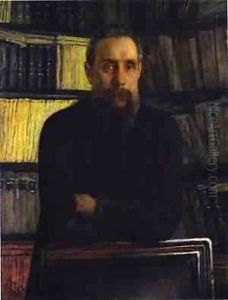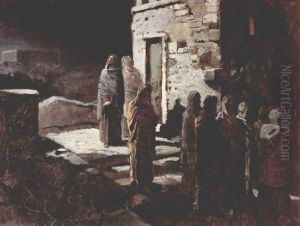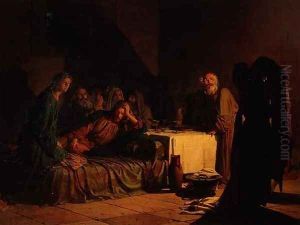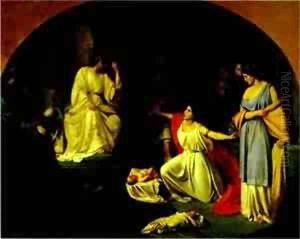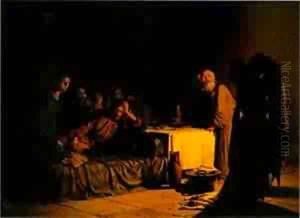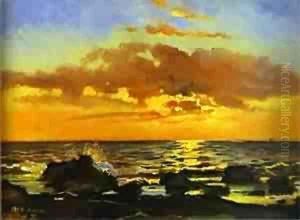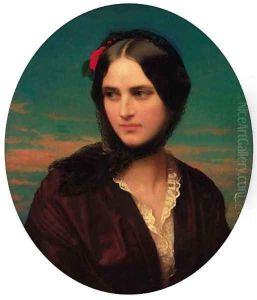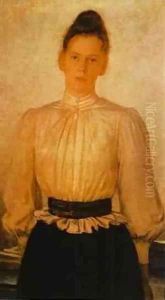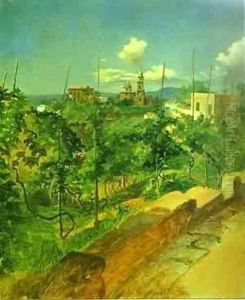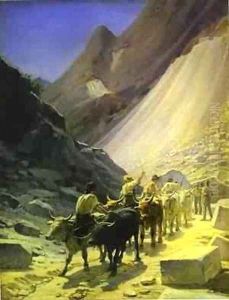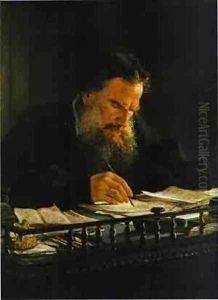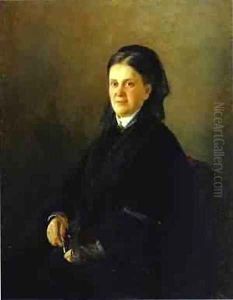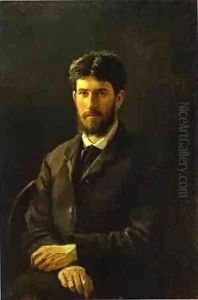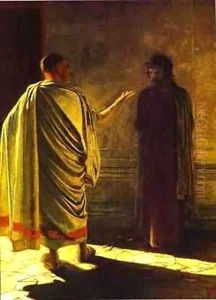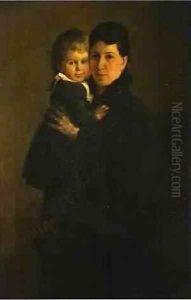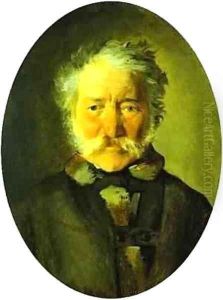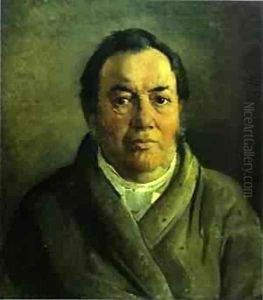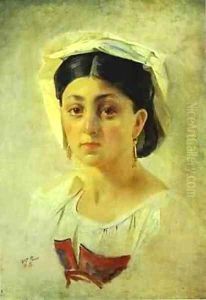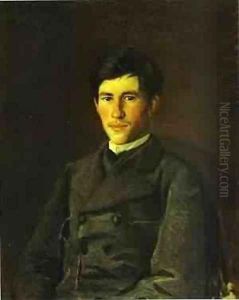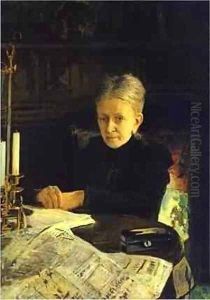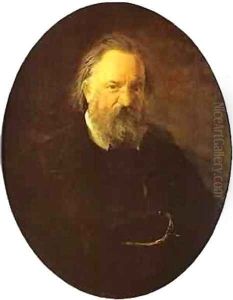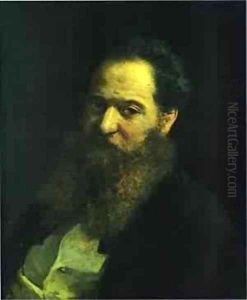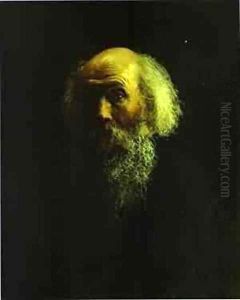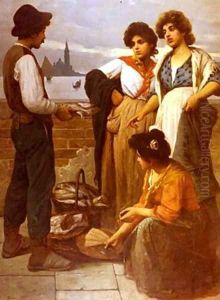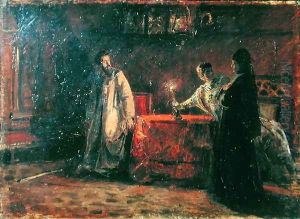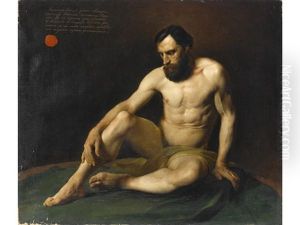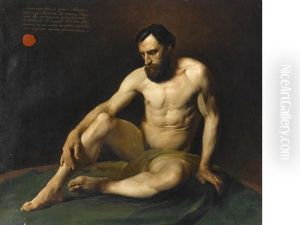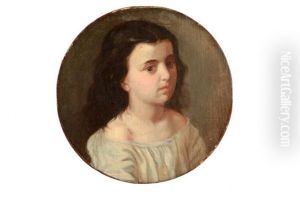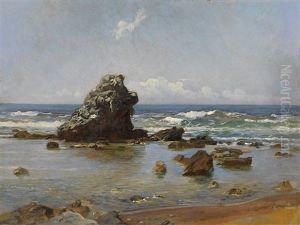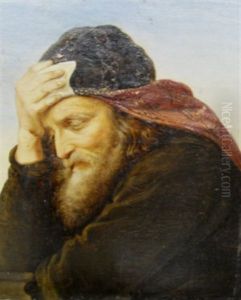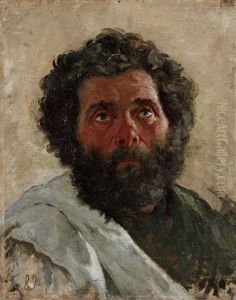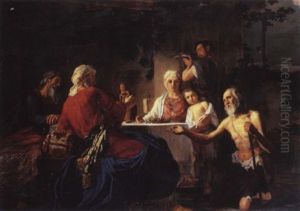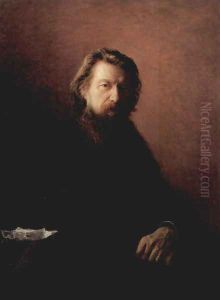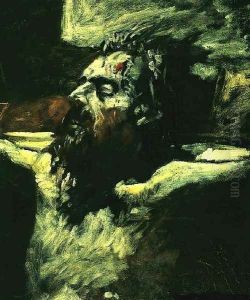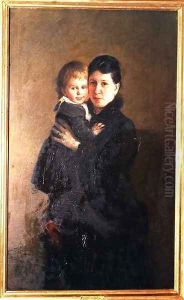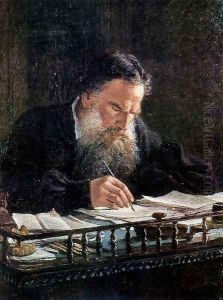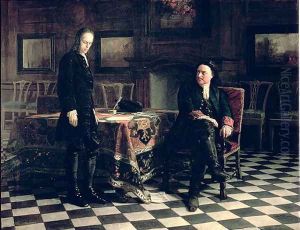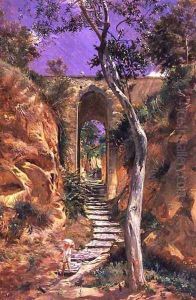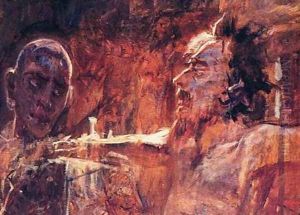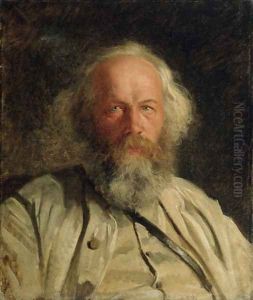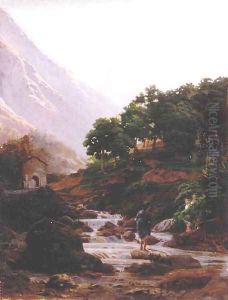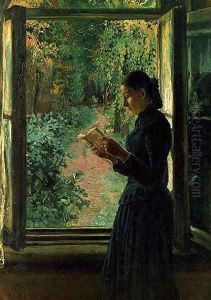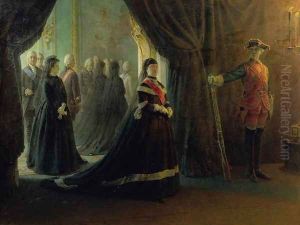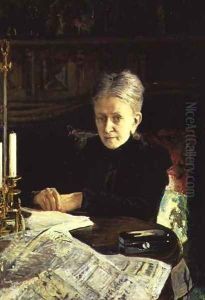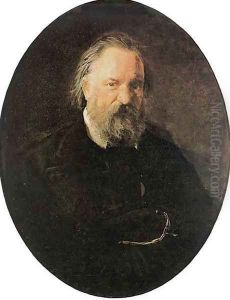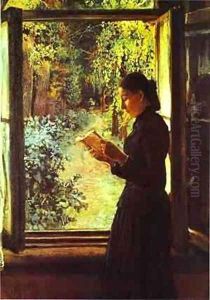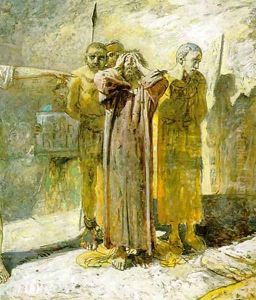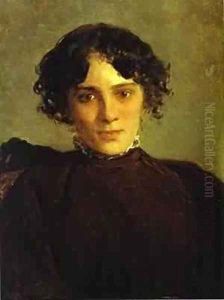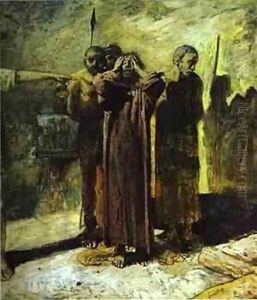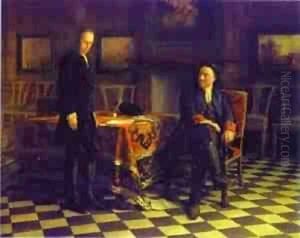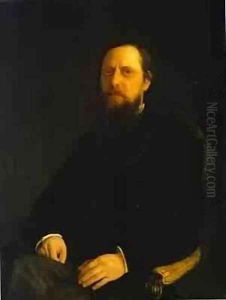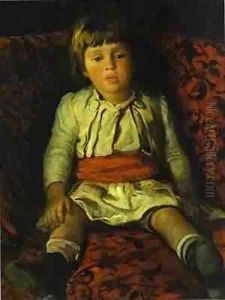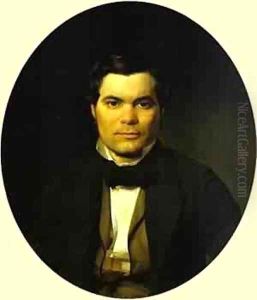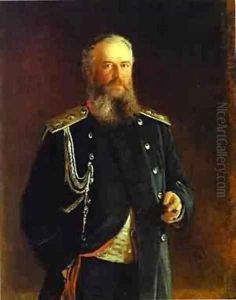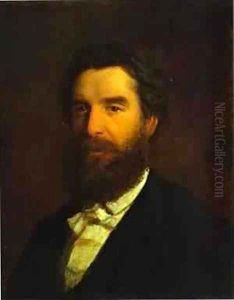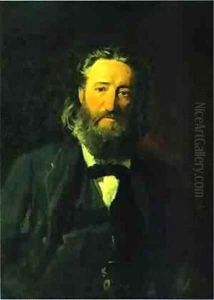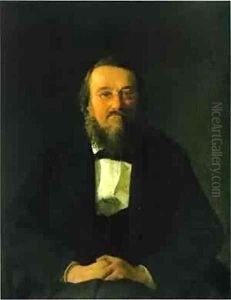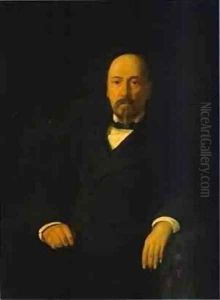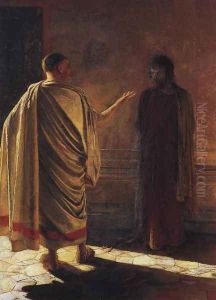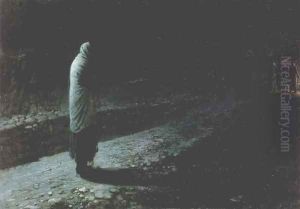Nikolai Nikolaevich Ge Paintings
Nikolai Nikolaevich Ge was a notable Russian realist painter and an important figure in the Russian art scene of the 19th century. Born on February 27, 1831, in the village of Voronezh Governorate, in what is now Ukraine, Ge was of French Huguenot descent. He grew up in a family with a rich cultural background, which influenced his early interest in the arts.
Ge initially pursued a career in mathematics and graduated from the University of St. Petersburg, but his passion for art prevailed, and he decided to dedicate his life to painting. He studied at the St. Petersburg Academy of Arts under the tutelage of Pyotr Basin and later in Italy, where he was deeply influenced by the works of the Italian masters.
His early works were influenced by the Romantic movement, but he gradually shifted towards a more realistic approach. Ge is particularly known for his historical and biblical paintings, in which he sought to express profound psychological and spiritual depth, often highlighting themes of moral struggle and redemption.
One of Ge's most famous works is 'The Last Supper' (1863), which presents a dramatic and unconventional depiction of Jesus Christ. This painting was met with mixed reviews, as its realistic portrayal of Christ was unconventional and stirred controversy. Nonetheless, it is considered a masterpiece for its emotional expressiveness and compositional innovation.
Throughout his career, Ge was a member of the Peredvizhniki (Wanderers), a group of Russian realist artists who formed an artists' cooperative in protest against academic restrictions. His later works reflected his growing disillusionment with social injustice and the human condition, as evidenced in his powerful paintings such as 'Peter the Great Interrogating the Tsarevich Alexey at Peterhof' (1871).
In his later years, Ge became increasingly reclusive, turning to religious themes and producing a series of paintings on the life of Christ. He passed away on June 13, 1894, in the Chernigov Governorate (now in Ukraine). Despite his withdrawal from public life, Ge's works continued to influence Russian art, and his approach to depicting the human condition with emotional depth and realism has earned him a lasting legacy in art history.
